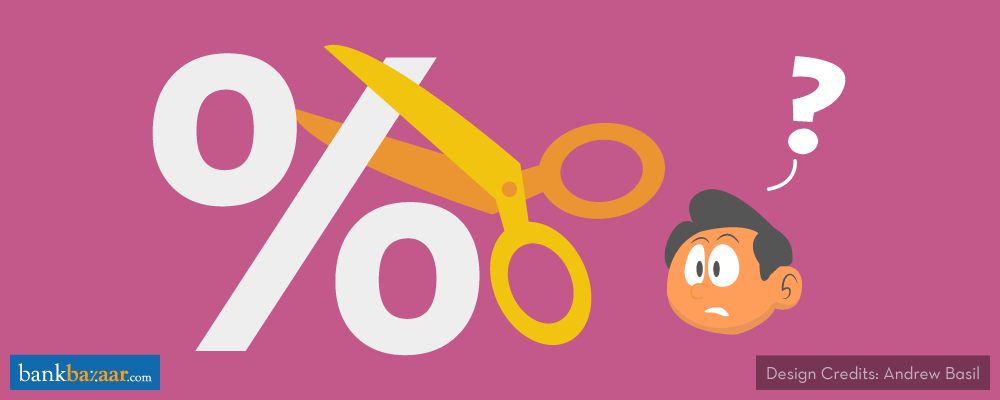No other debt instruments are as tax efficient, secure and attractive on return prospects in comparison to PPF. But what if PPF rates fall further?

The Public Provident Fund (PPF) is one of the most popular and safest debt investment instrument available in the market. The interest rate on PPF has fallen consistently over the last couple of years. It remained static at around 8.7% mark during 2013-2016 but dived to 8.1% p.a. during 2016-2017. The prevailing interest rate is 7.8% p.a. with effect from July 1, 2017. This has put investors in a dilemma on whether they should divert the portion of the PPF investment to other avenues or stick with it and wait for rates to stabilise.
Let us take a look at other investment options in case PPF rates fall further, shall we?
PPF As A Tax-Saving Instrument
PPF allows you to invest up to Rs 1.5 lakh p.a. and get the tax deduction benefit under section 80 (C). So, an investment of Rs 1.5 lakh will fetch you a return at 7.8% p.a, and you would not pay any tax on the income generated through PPF investment.
Even if you fall in the 30% tax bracket, you’ll get the complete return of 7.8% p.a. PPF gives you the privilege of enjoying Exempt, Exempt, Exempt (EEE) benefit. This means that the investment up to Rs 1.5 lakh under section 80 (C) in PPF is exempt from tax, the return you would get on such investment is also exempted and finally, at the time of maturity, the corpus that you would receive will also be exempted. So, if you compare PPF with other debt instrument that attracts taxes, then in comparison to PPF’s 7.8% ROI, you would need a return of around 11.14% (because, 11.14%-(30%x11.14%) = 7.8%) to get the same level of benefit considering you fall in the 30% tax bracket.
Alternative Investment Options
There are a very few investment instruments that can match up to the benefits that PPF offers. Other investment options either lack tax benefits or may not provide the same benefits as PPF.
Let us take a look at other investment options and their features.
Tax-Saving Bank Fixed Deposit is very popular among the investors who look for a secured investment. At present Tax-Saving Bank FD is offering an interest rate of around 6.25% and the lock-in period for such investment is 5 years. Interest income from a Tax-Saving FD is taxable and if you get a return of 6.25%, then you’ll get an effective return of only 4.38% p.a. after applying tax at 30% (assuming you fall in the 30 % tax bracket). So, bank FD is nowhere close to PPF in terms of return or tax benefit.
Debt Mutual Fund is another safe avenue to invest the money. It can give you a return of around 8% p.a without any tax benefit. Long-term capital gains tax (after 3 years of investment) is 20% with indexation benefit. Despite indexation benefit, the effective rate comes down significantly. Also, there is no guarantee that such debt fund will give you a high return. The ROI may vary depending on the fund performance. So, PPF leads over debt fund in terms of tax benefit, better return, and security.
Now, let’s check other Mutual Fund investment options. There is Arbitrage Fund, which could give a return of around 6% to 7% Pa and return from such investment are tax-free in the long term, i.e. if the tenure of investment is more than 1 years, however, it lacks 80 (C) benefits. Balance fund, i.e. MIPs can give a high return of around 8% to 10% p.a with indexation benefit (taxed at 20% with indexation benefit) on income if held for more than 3 years. Income from MIP is not assured and it lacks the benefit of Sec 80 (C) as well.
Finally…
Even with a low rate of interest, i.e. below the 7.8% level, the benefits of PPF are undoubtedly unrivalled. No other debt instruments are as tax efficient, secure and attractive on return prospects in comparison to PPF. If you are a risk-averse investor, PPF is expected to continue to attract you with its unmatchable features.
BankBazaar is a leading online marketplace in India that helps consumers compare and apply for Credit Card, Personal Loan, Home Loan, Car Loan and insurance.
